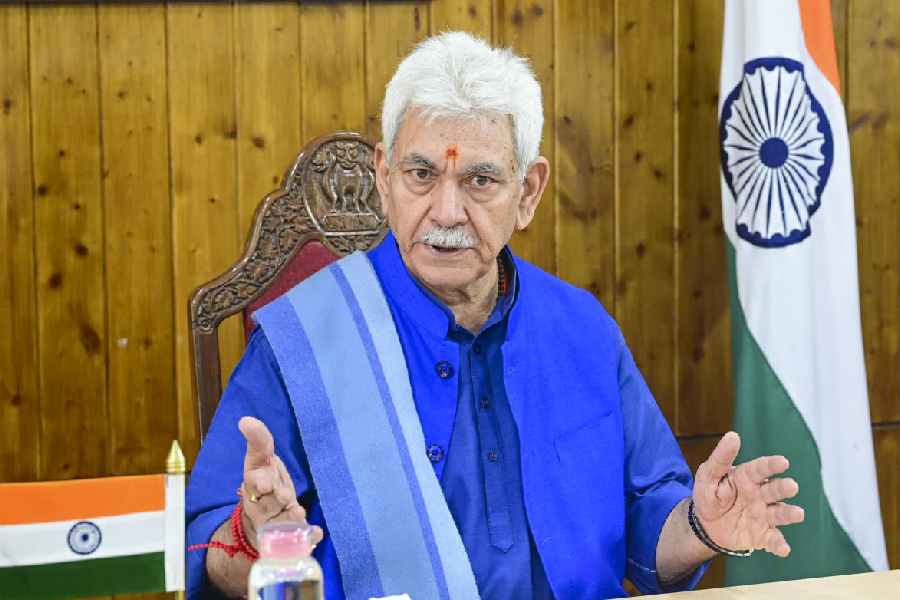Four in five convenience foods or ready-to-eat snacks meet the nutrition claims on their labels, but carbohydrates and fats dominate their ingredients, nutrition researchers have said after a study of such foods sold nationwide.
The study has revealed that carbohydrates contributed over 70 per cent of the calories in all sampled breakfast cereals, porridge mixes, soup mixes and health drink beverage mixes, with the beverage mixes found to have the highest carbohydrate content — 35gm to 95gm per 100gm.
The sampled beverage mixes had the highest average protein levels of 15.8gm per 100gm, followed by idli mixes that contained an average 12.2gm protein per 100gm. Ready-to-eat extruded snacks made from corn, potato, soy, or wheat and seasoning had the highest average fat content — 28gm per 100gm.
“Our findings highlight the need for a reformulation of such convenience foods by the industry to lower carbohydrates and increase protein content,” said R.M. Anjana, a physician in Chennai who led the study published in the journal PLOS One.
“Until that happens, consumers should choose such foods with care — preferably avoid processed foods as much as possible,” Anjana told The Telegraph.
Anjana and her colleagues at the Madras Diabetes Research Foundation, Chennai, selected 432 samples from six categories of foods — idli mixes, breakfast cereals, porridge mixes, soup mixes, health beverage mixes and extruded snacks — for
their analysis.
Some products with claims on their packets of being high in certain nutrients such as protein or fibre had failed to meet the content guidelines set by the Food Safety Standards Authority of India (FSSAI), the country’s apex food regulatory authority, the scientists said.
Some products that claimed to contain whole grains did not display them in their list of ingredients. “Such claims, if displayed prominently on packages, may be misleading to consumers. That is why consumers must read the ingredients, not merely the claims on the packages,” Anjana said.
The study — funded by the Union science and technology ministry — comes amid industry and market forecasts of a growing demand across India for convenience foods and ready-to-eat snacks, driven by the rise of nuclear families, busy schedules, long working hours and travel times, and the pursuit of free time for leisure.
One market analysis has estimated that the revenue from this food sector was $58 billion in 2021 and that it is expected to grow annually at 9.5 per cent between 2022 and 2027. Another market agency has estimated that the extruded snacks market alone was worth $570 million in 2023 and could cross $1 billion by 2032. For comparison, India’s gross domestic product in 2023 was $3,550 billion.
“Most convenience foods need to be only heated or boiled in water and are ready to be eaten within minutes — this is contributing to their popularity,” saidShobana Shanmugam, a nutrition scientist at the Madras Diabetes Research Foundation and a study team member.
The protein content did not exceed 16gm per 100gm in any of the six categories of foods analysed. All the soup mixes had high sodium levels — an average of 3gm per 100gm.
“There is a need for a redesign of our convenience food matrix — we need extruded snacks with lower fat, soups with lower sodium and more fibre, and an overall increase in protein content of all such foods,” Shanmugam said.
“Protein content could be enhanced, for instance, by adding lentil ingredients. Such changes might impact the price tag. But eating unhealthy food also comes with great long-term costs.”
Public health experts have long been concerned about India’s growing counts of people with noncommunicable diseases such as diabetes, fatty liver and cardiovascular disorders, linked to poor diet.









